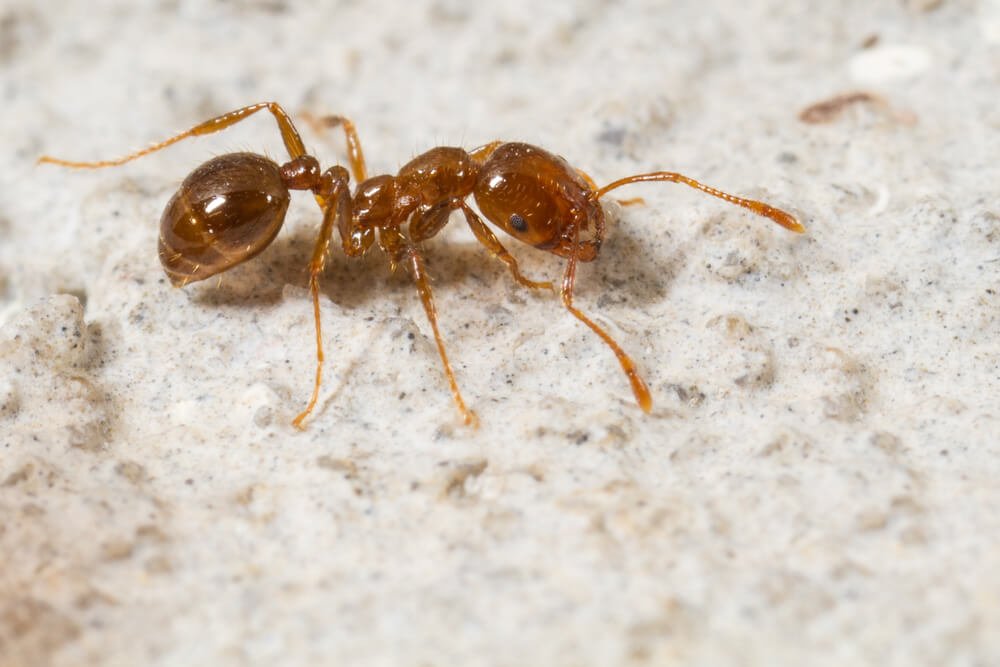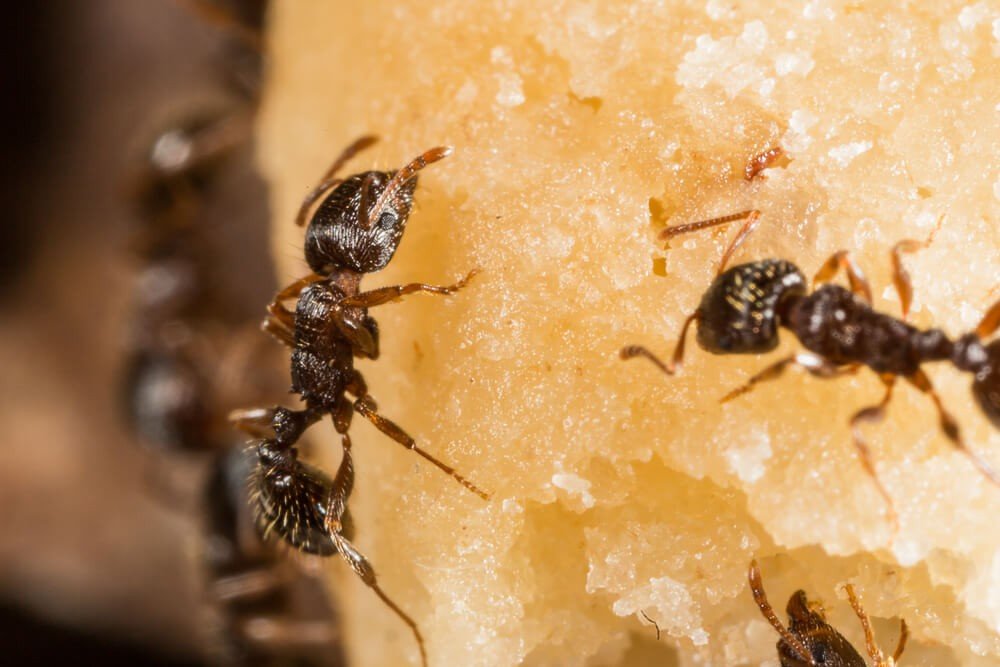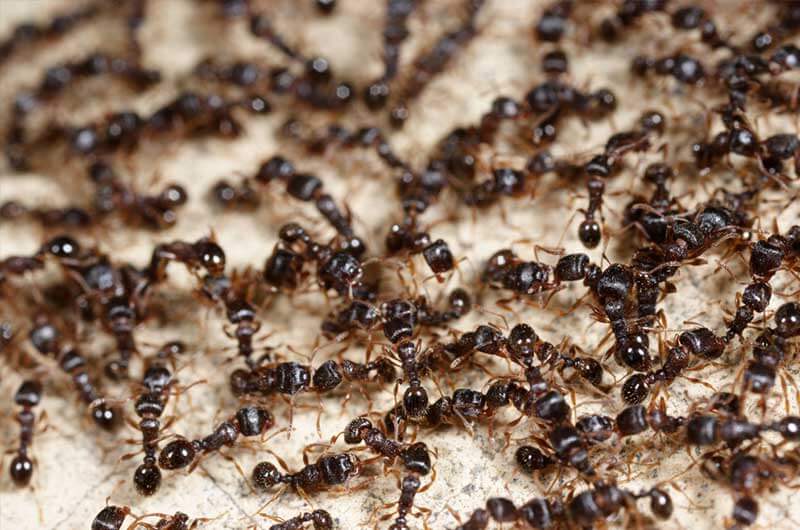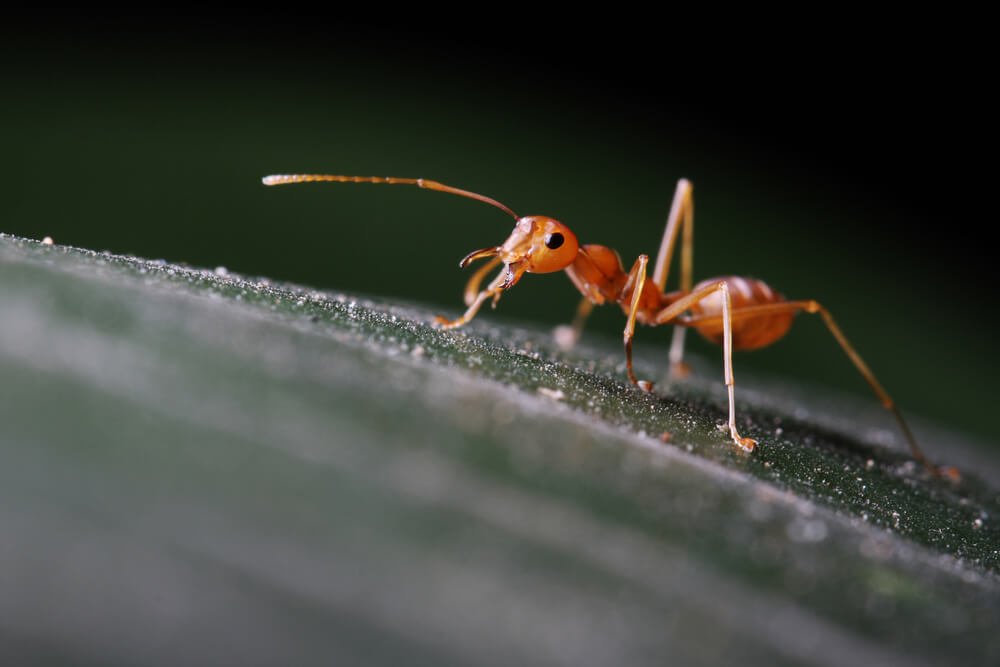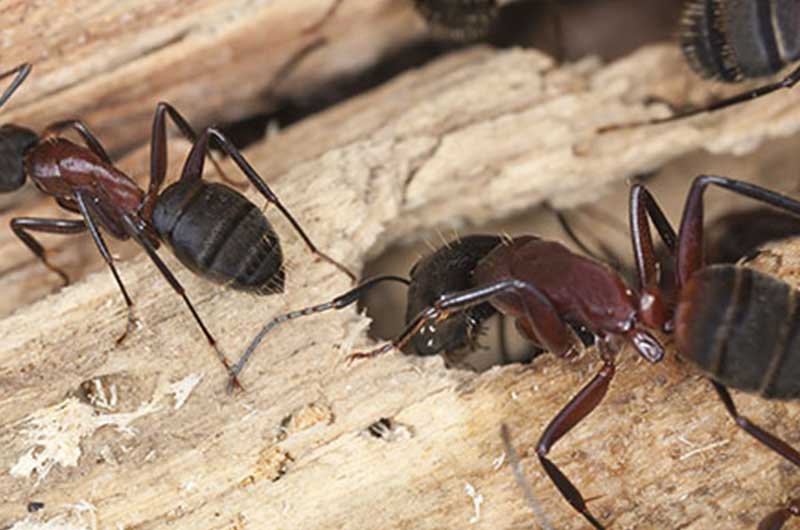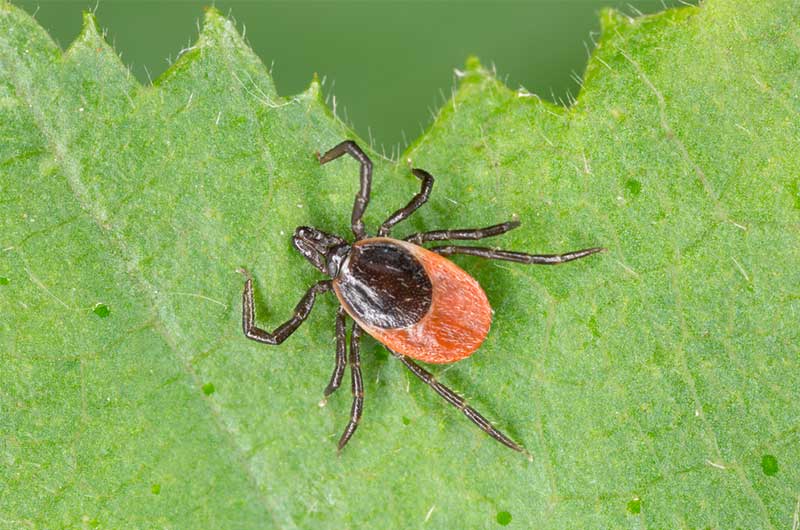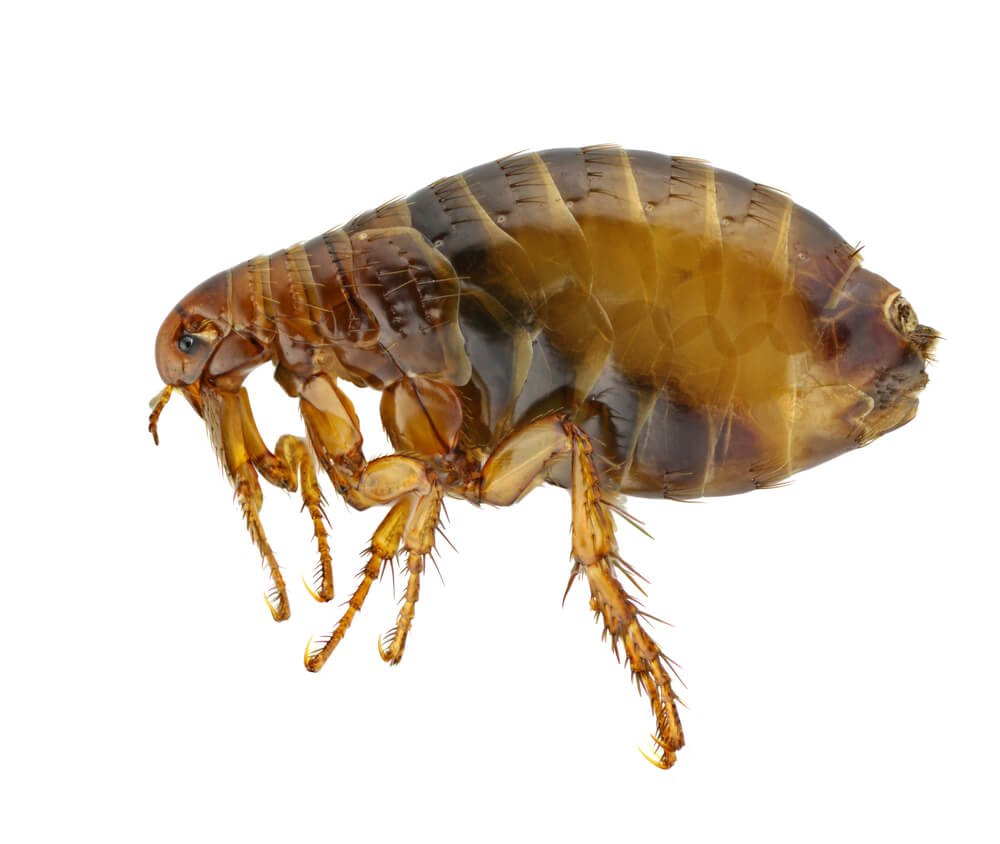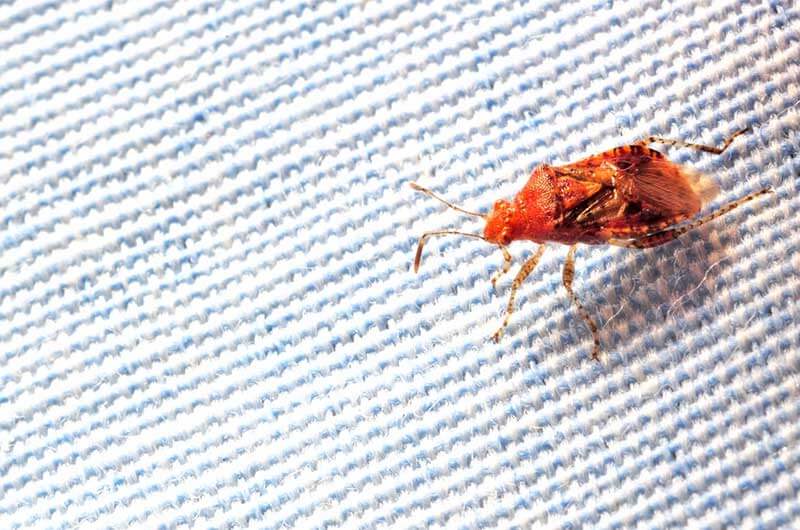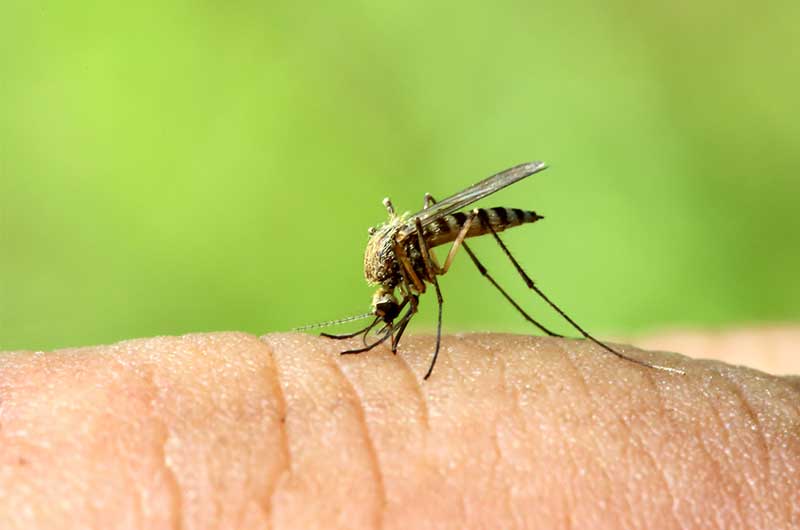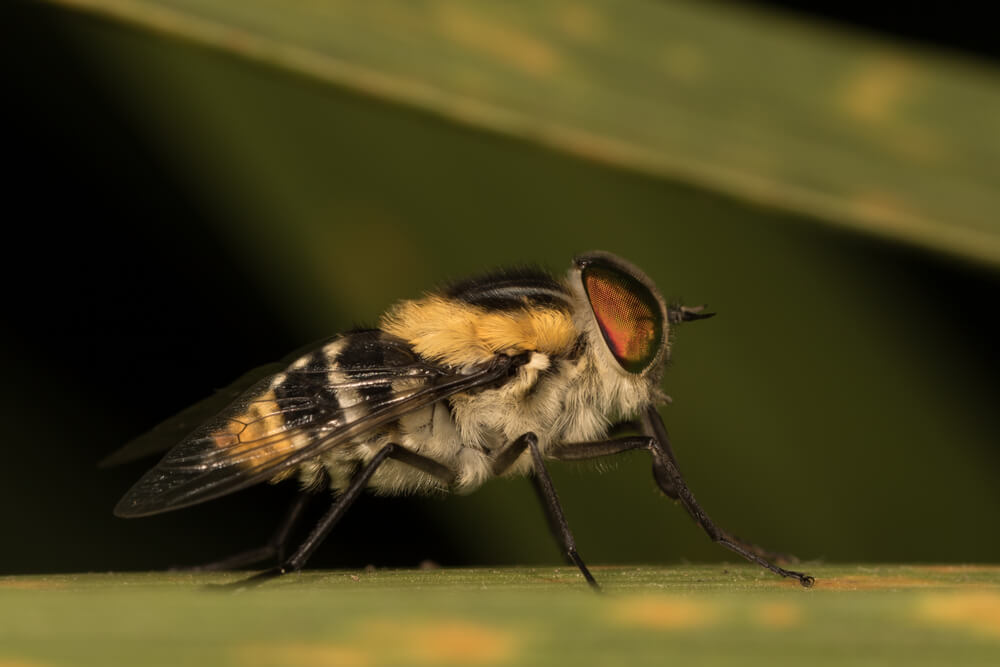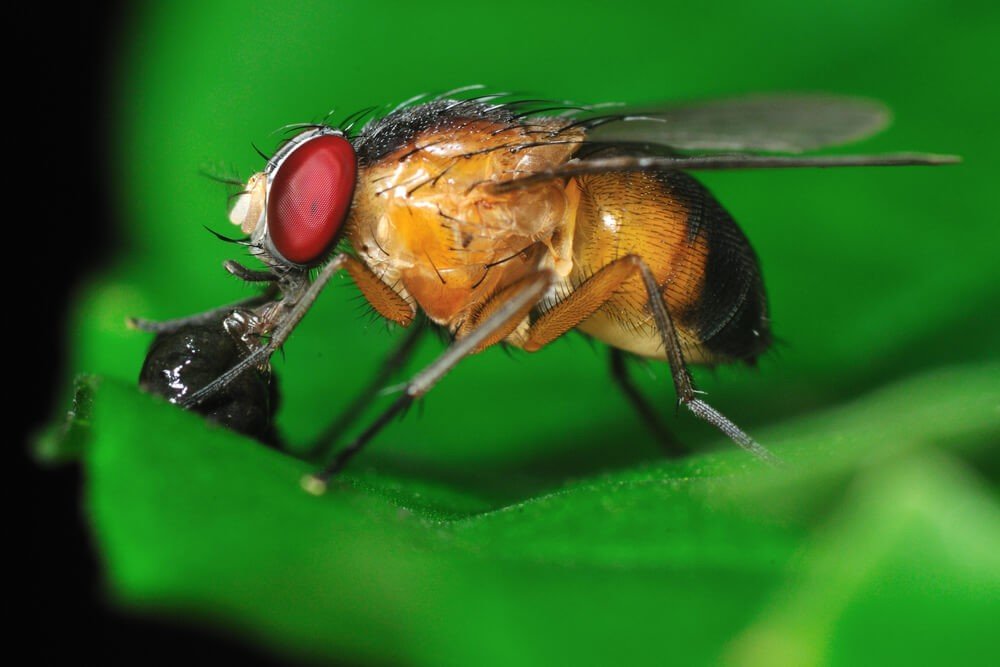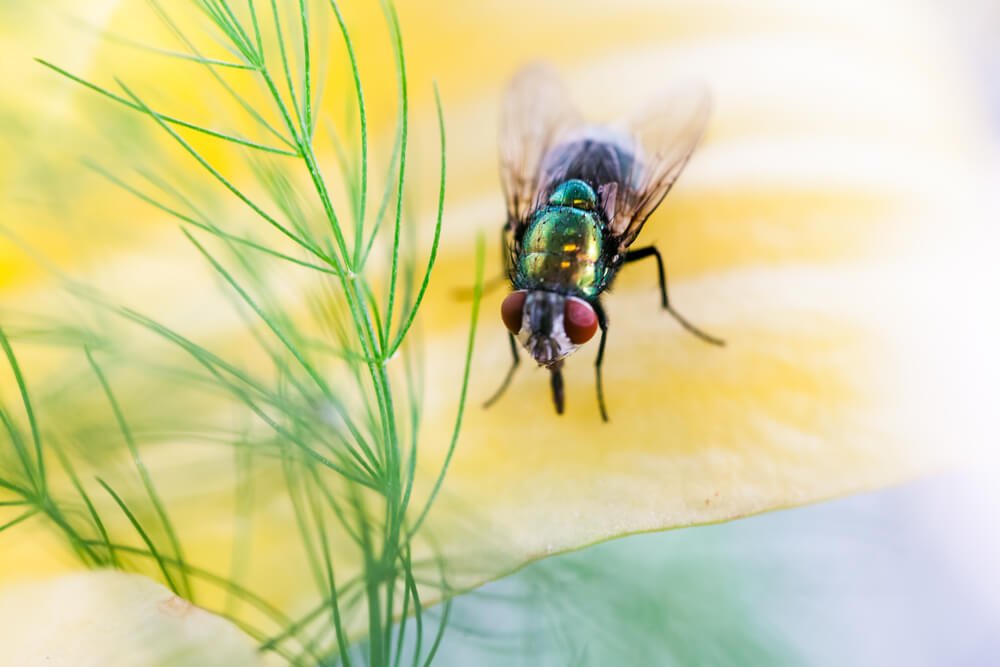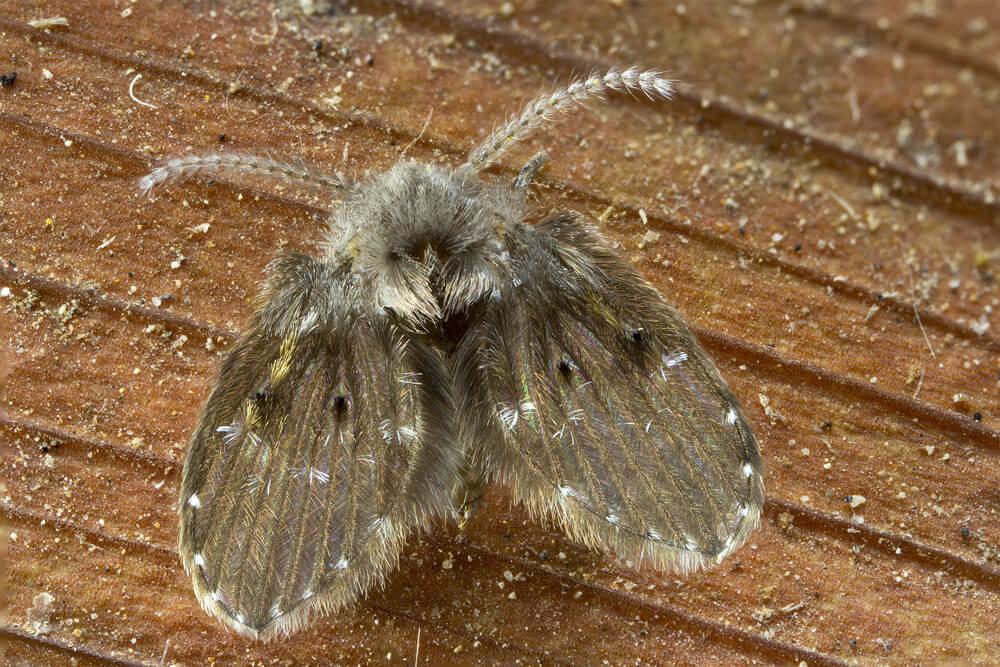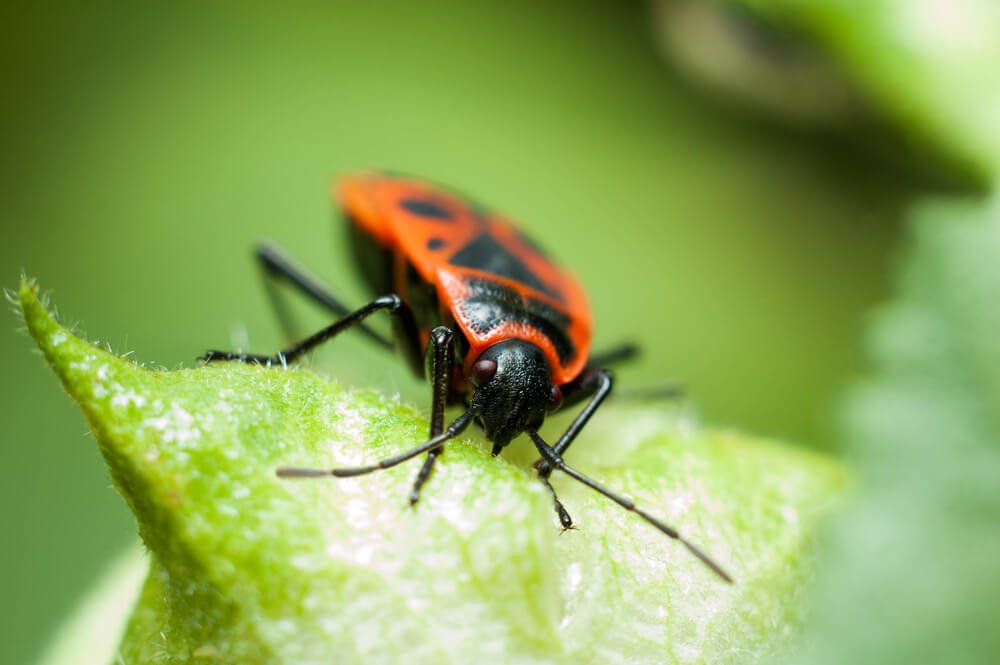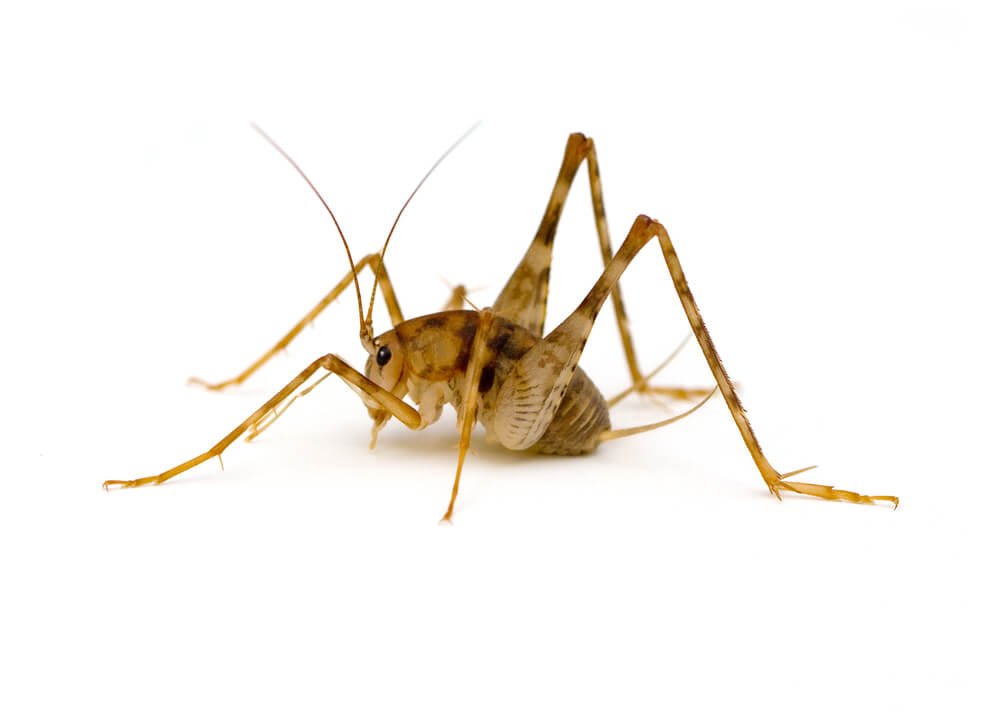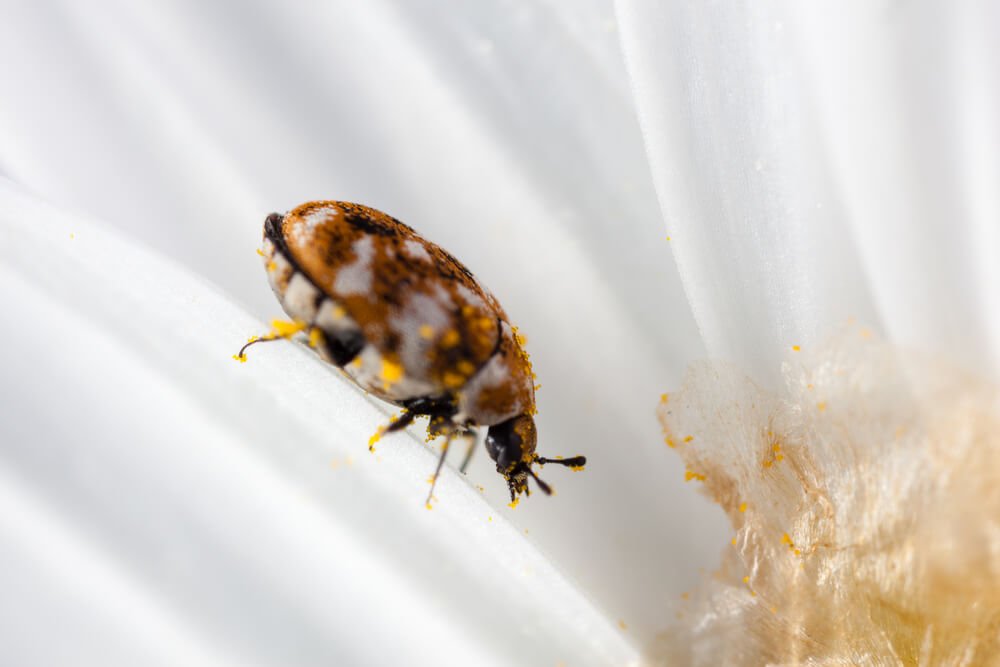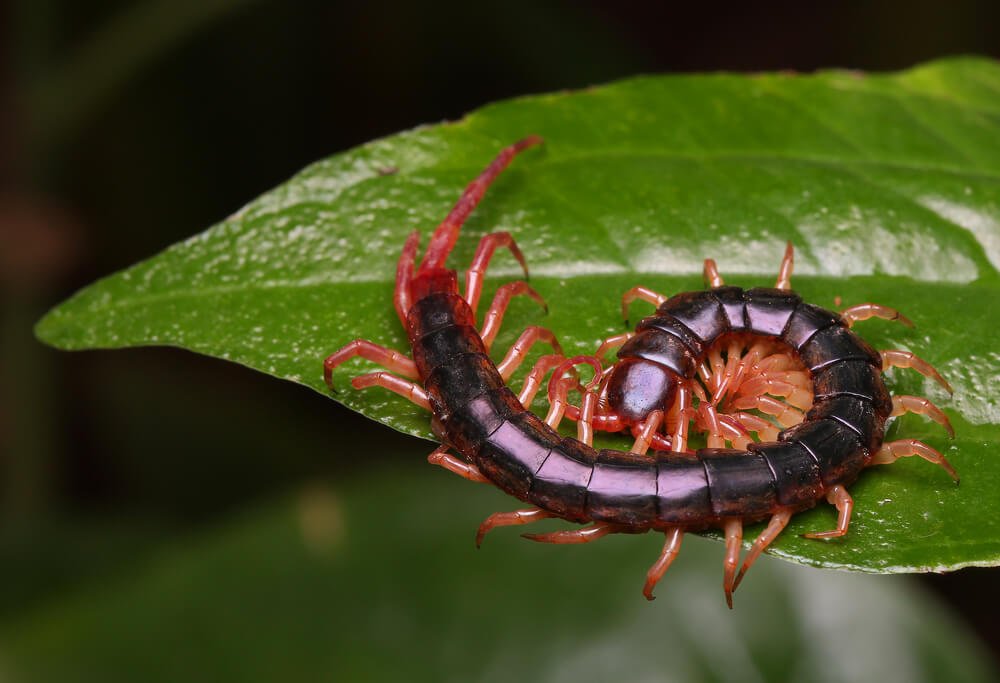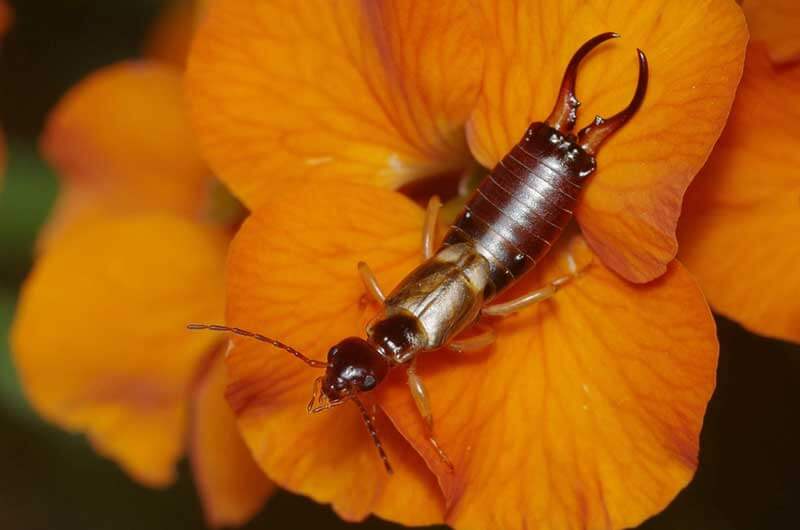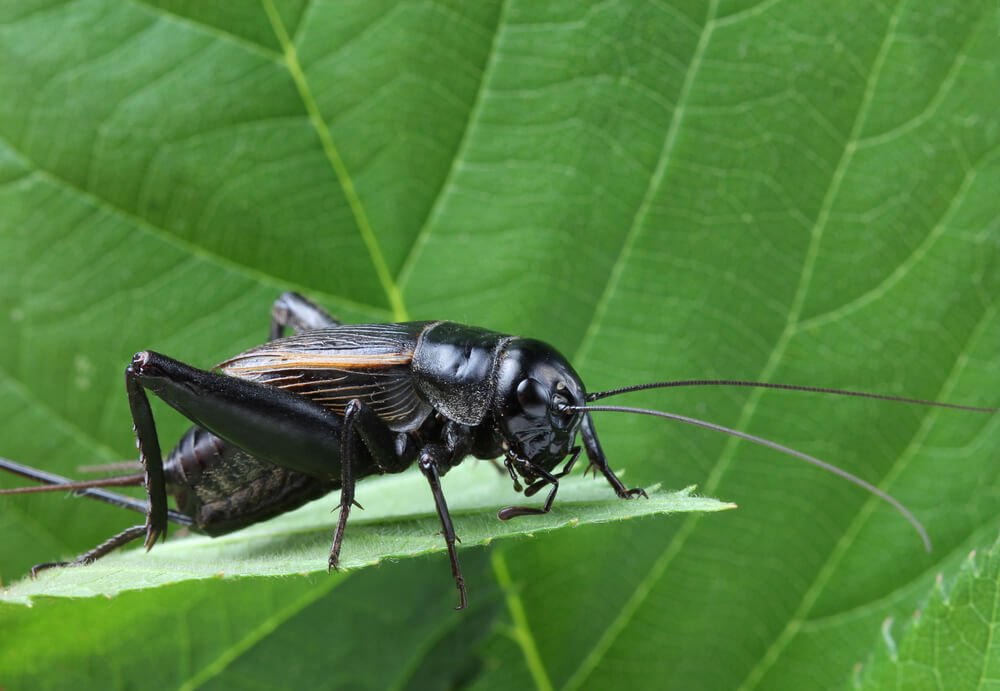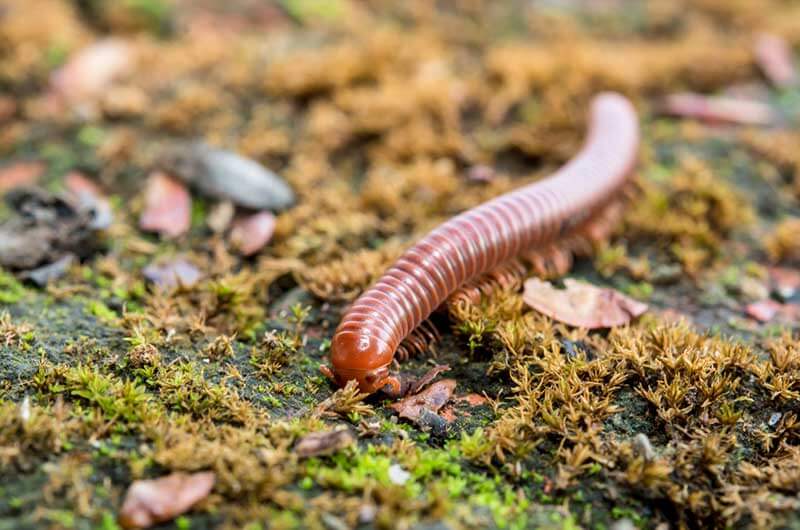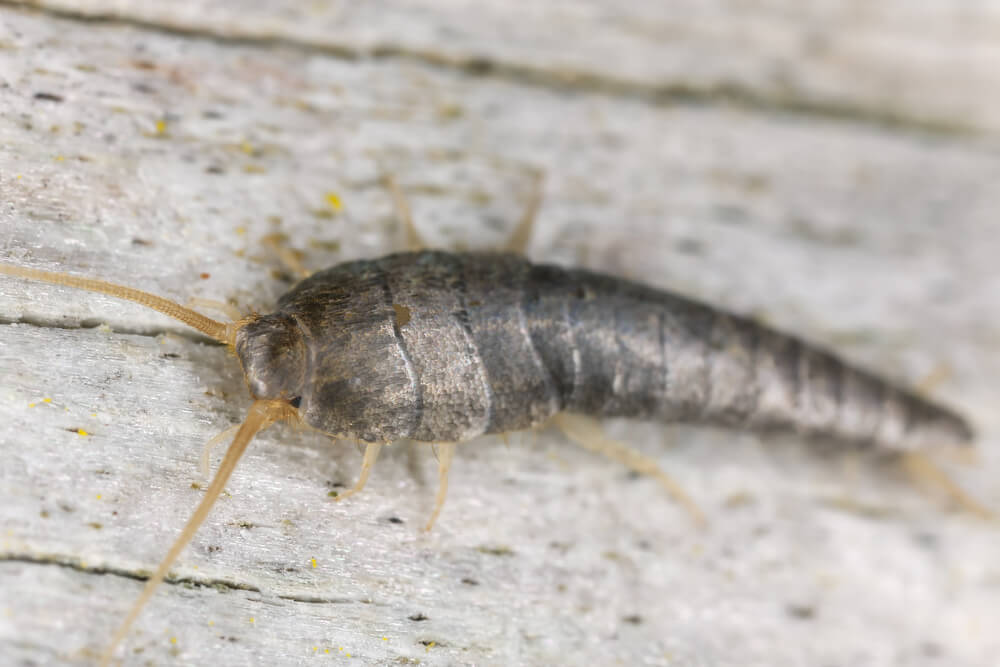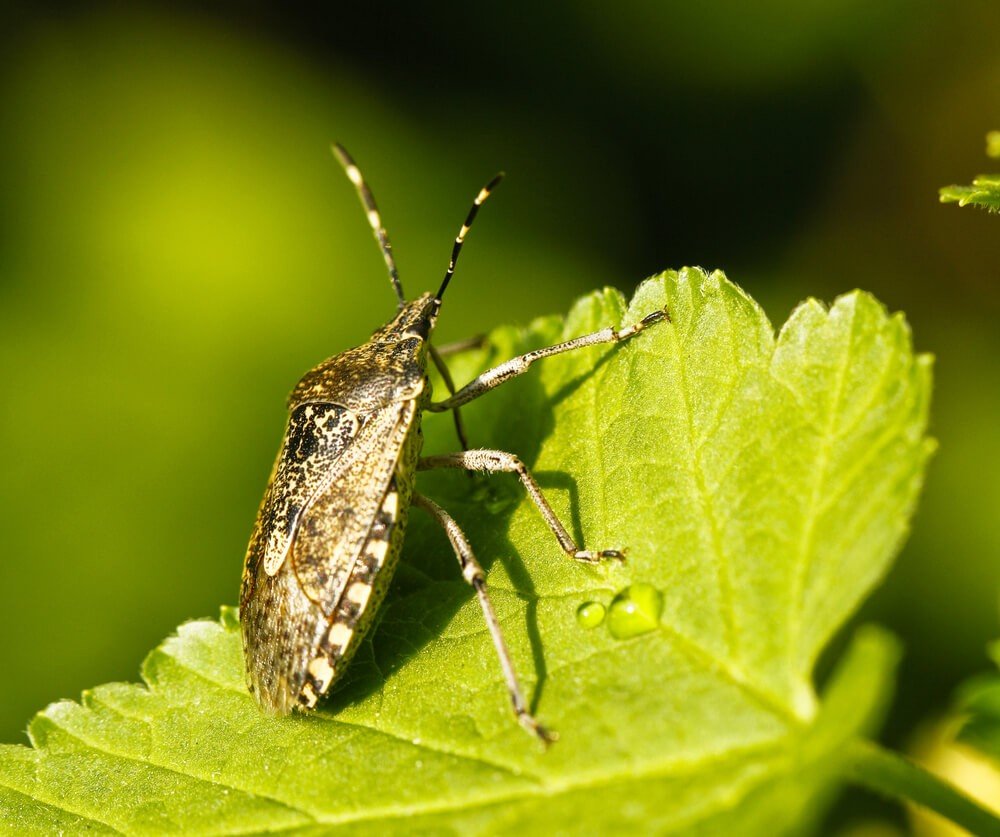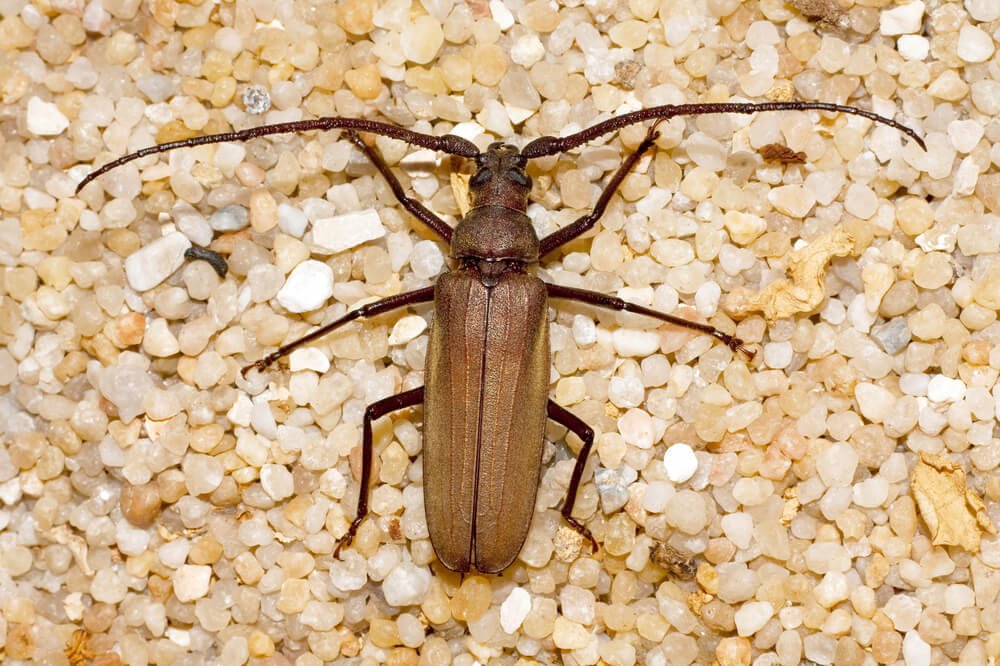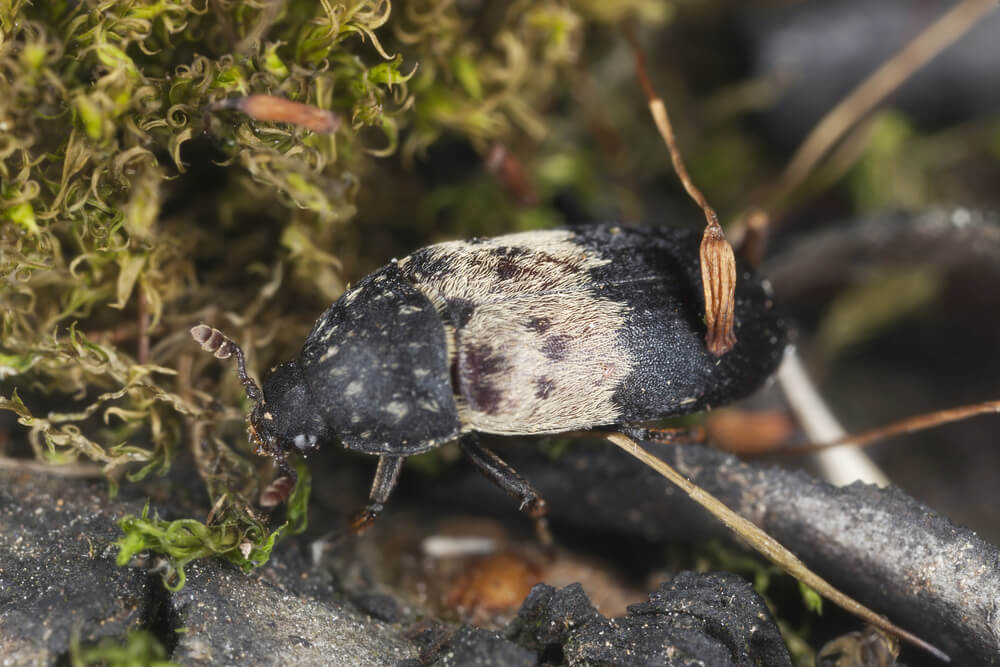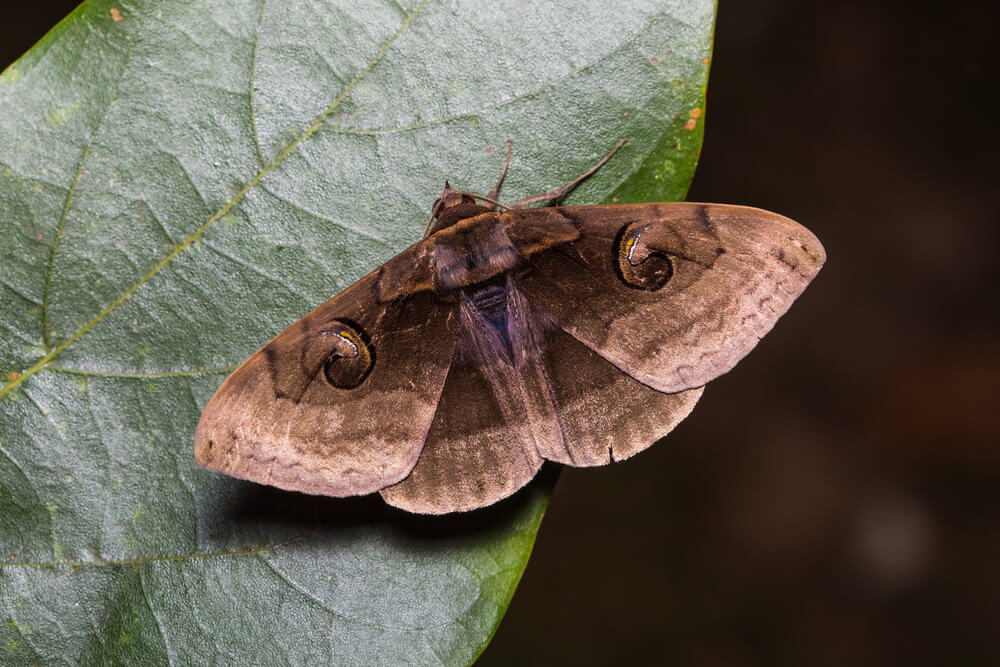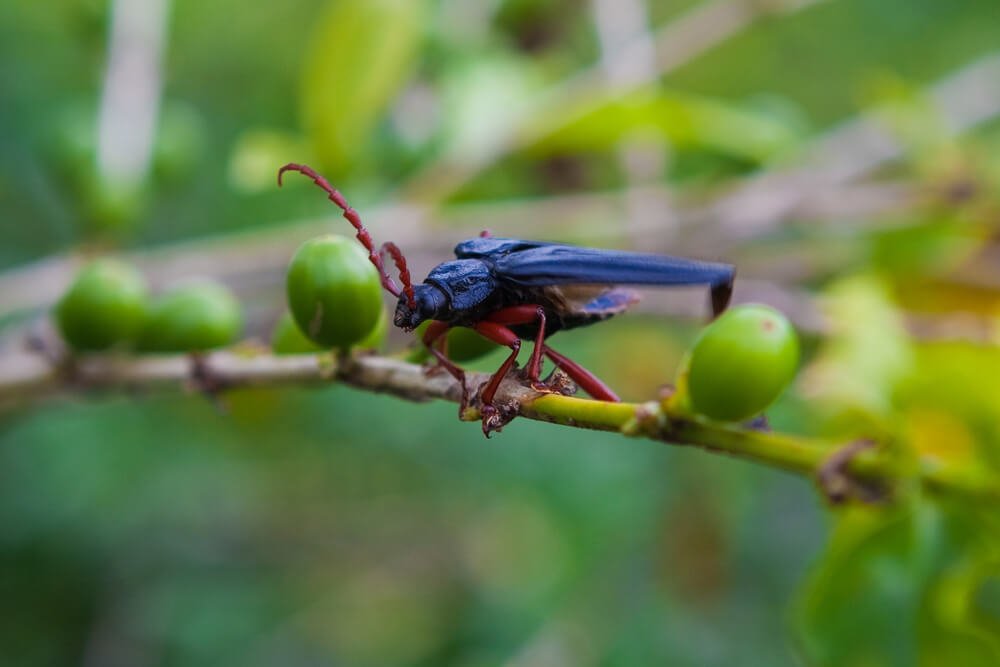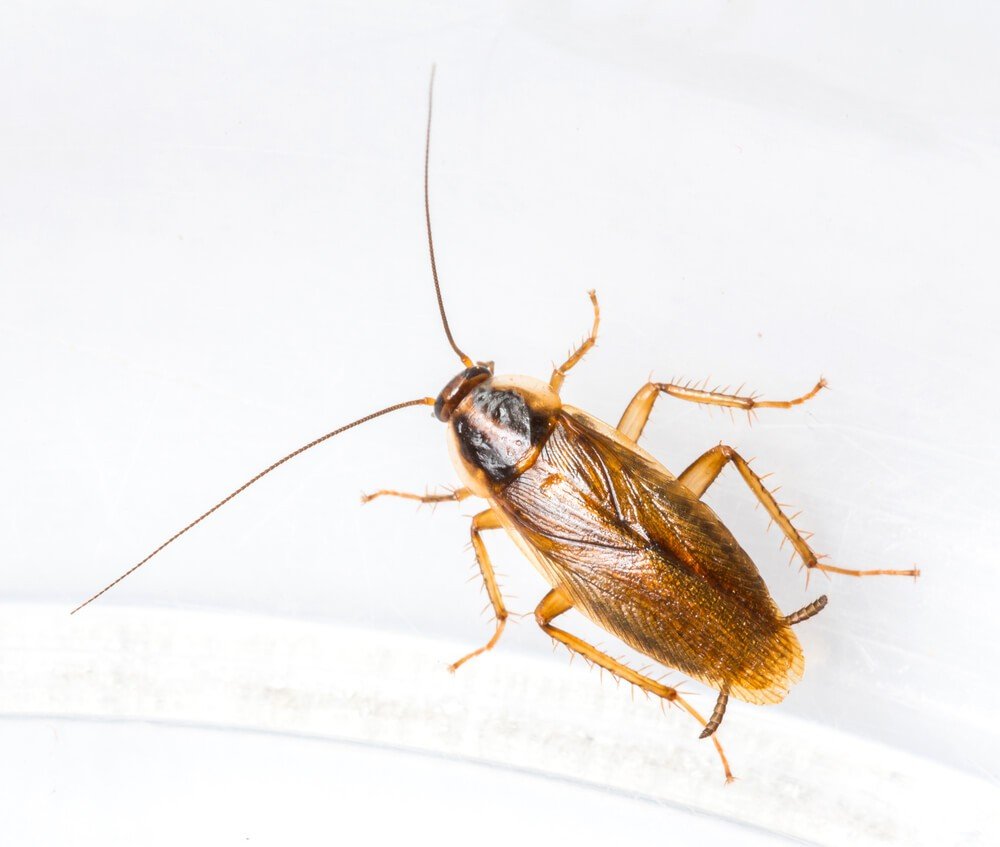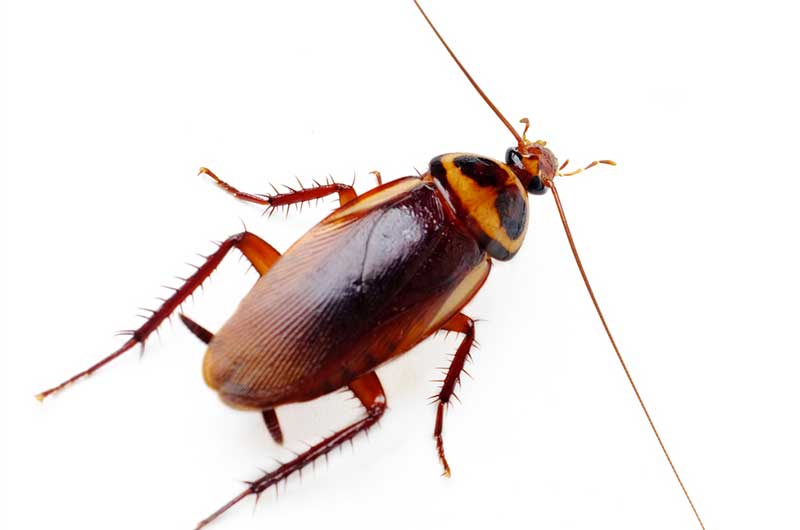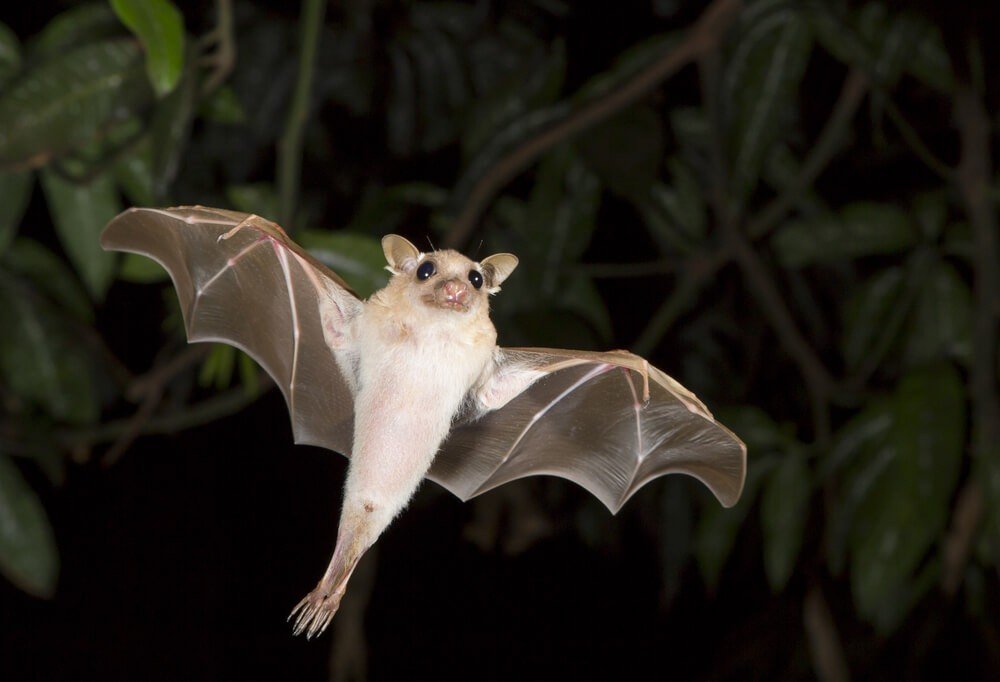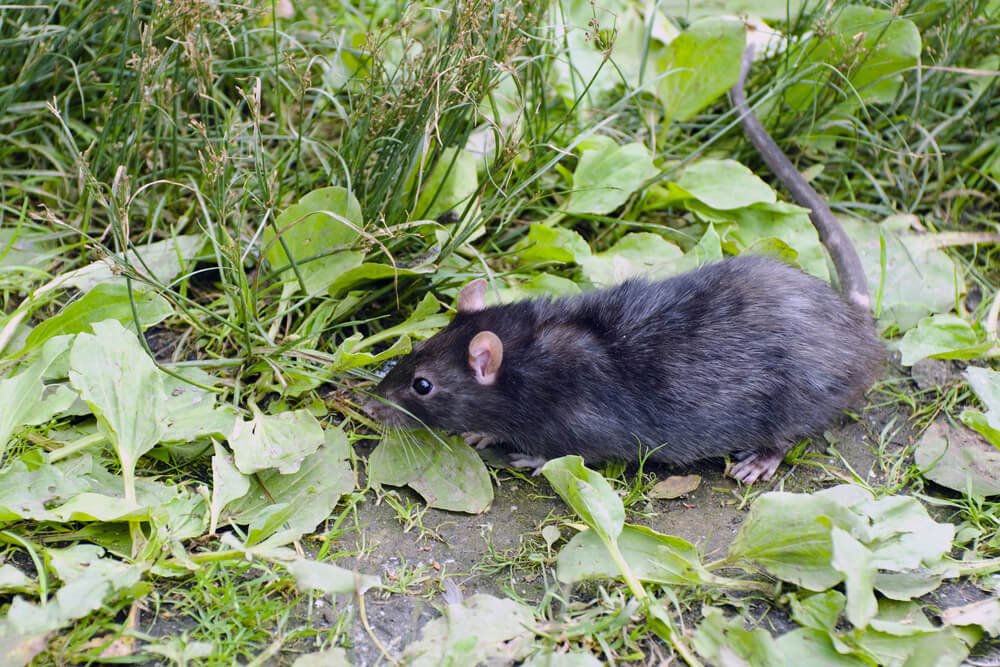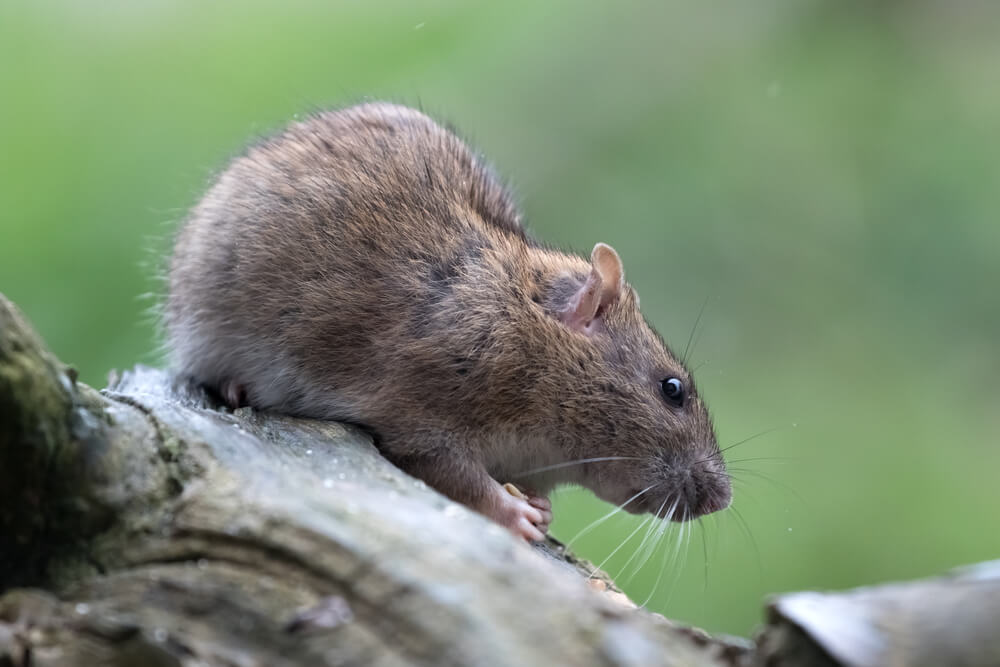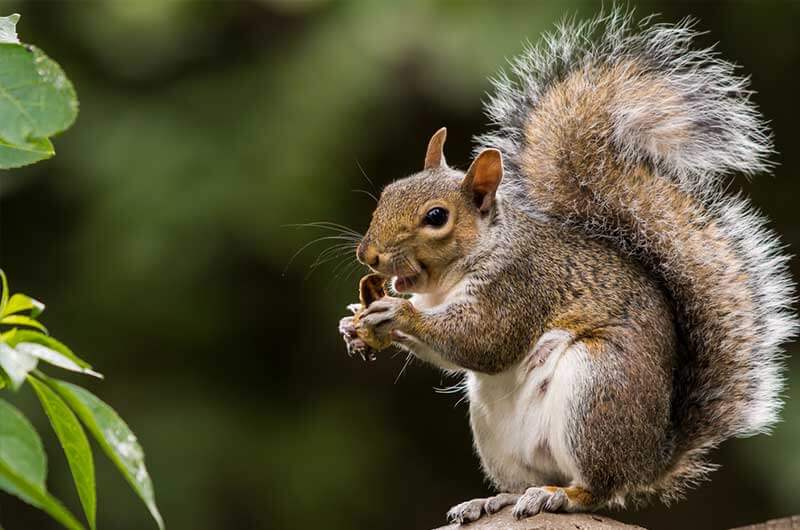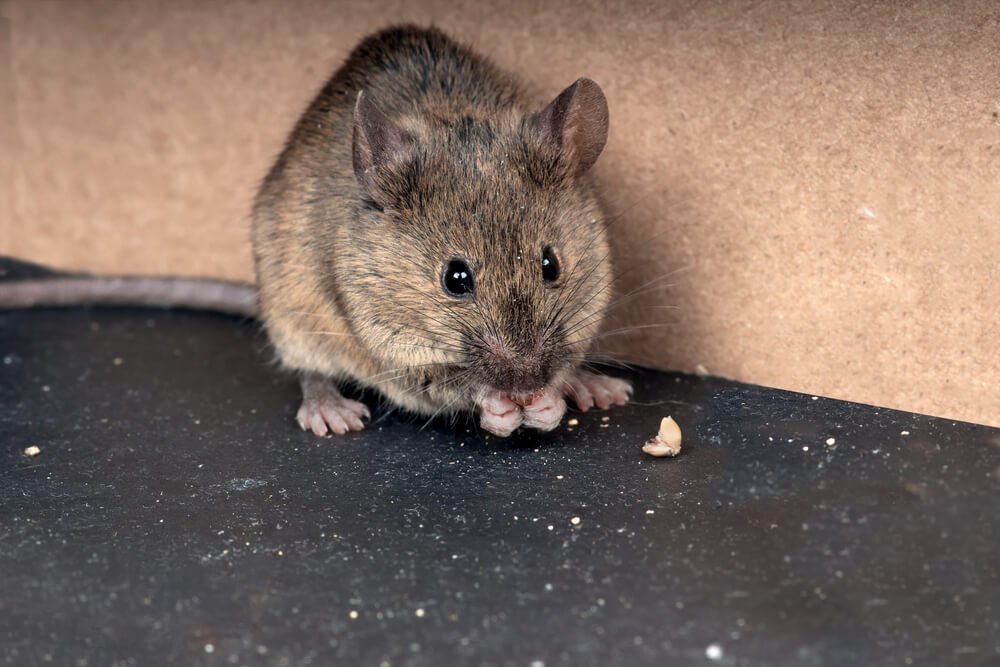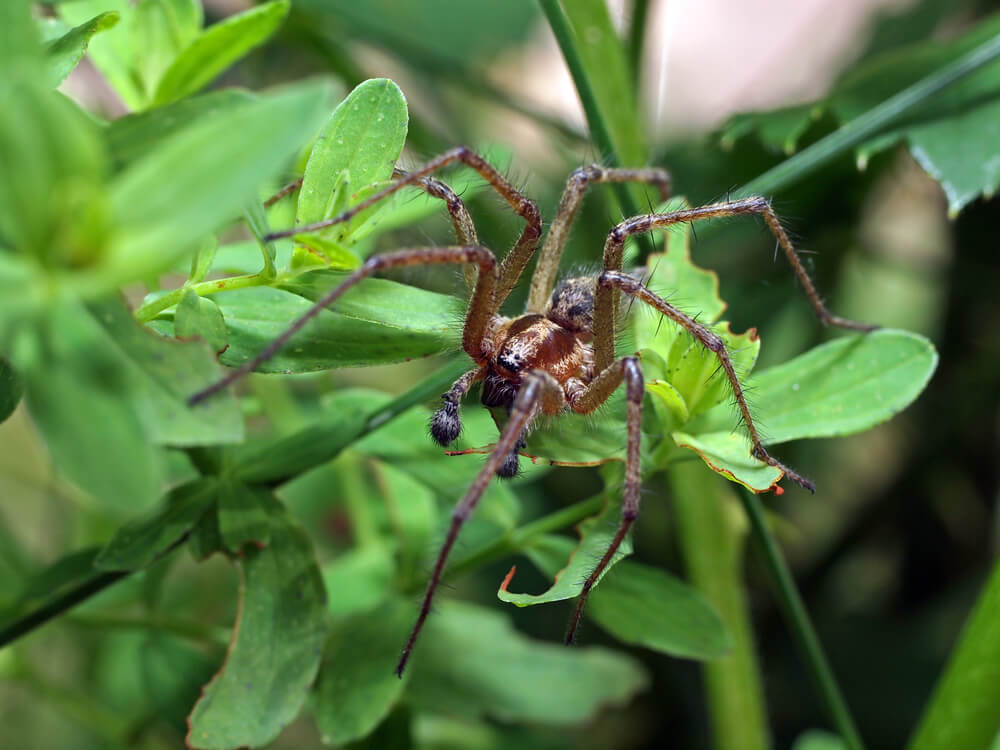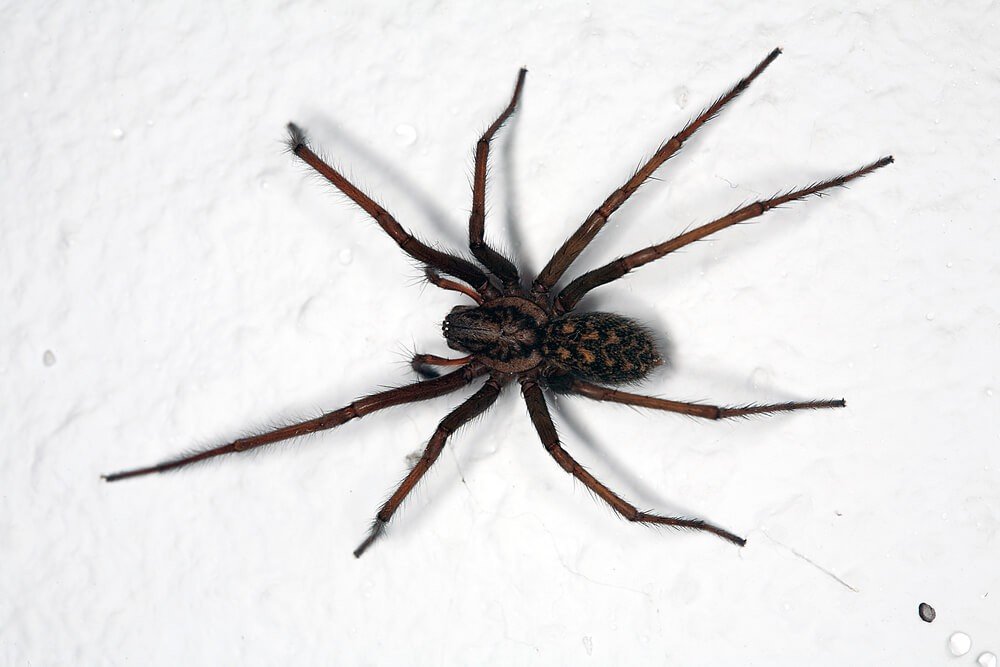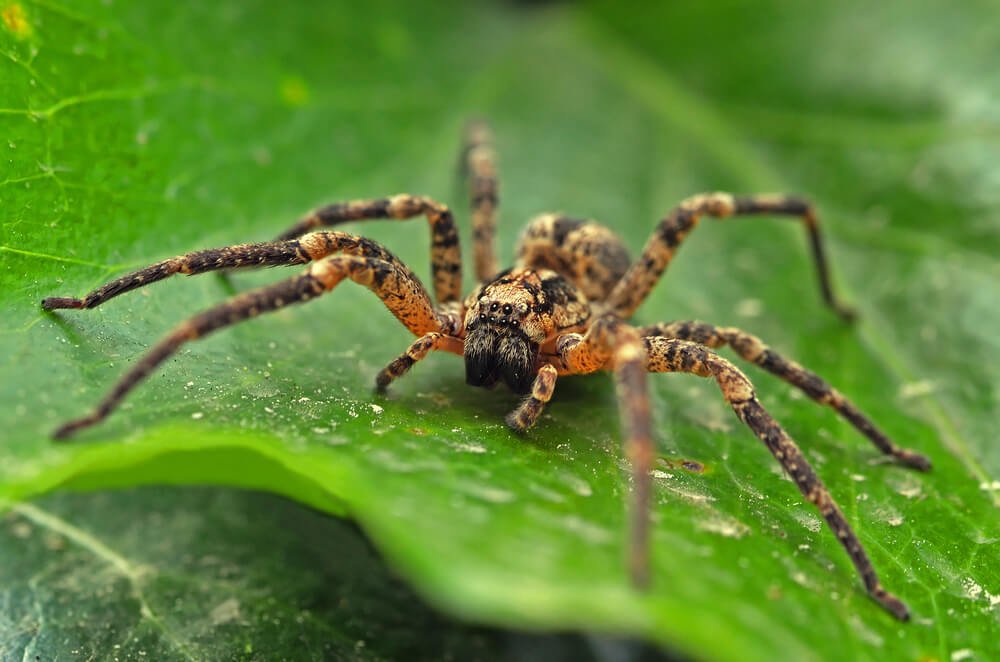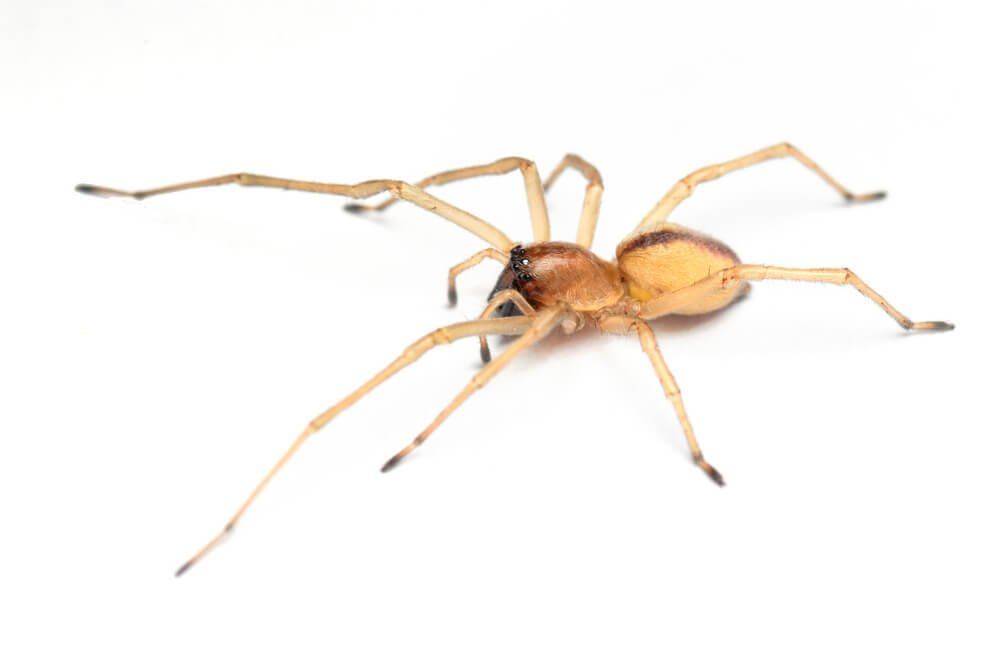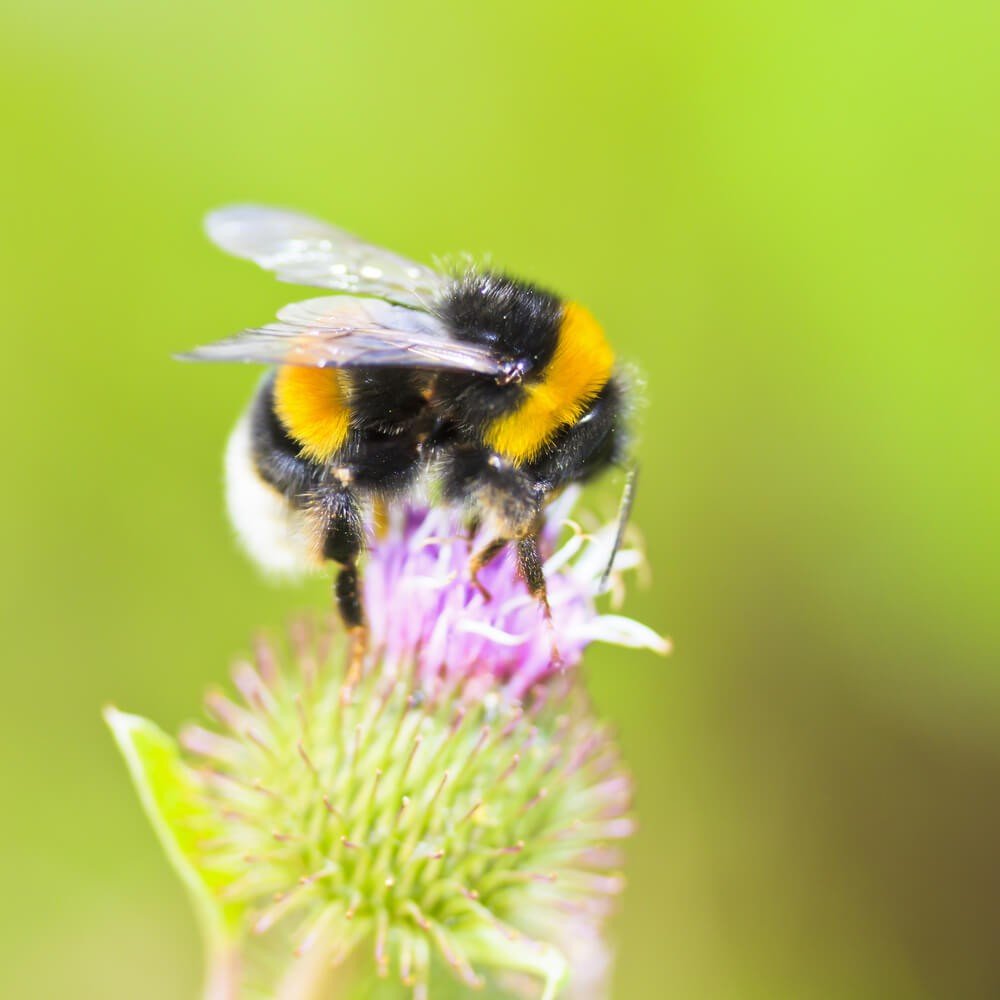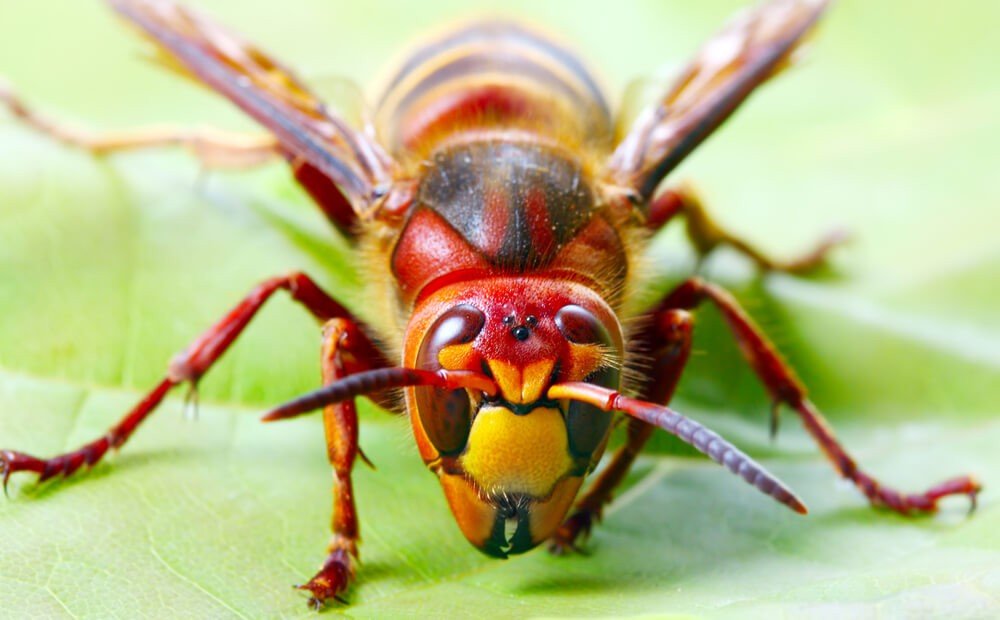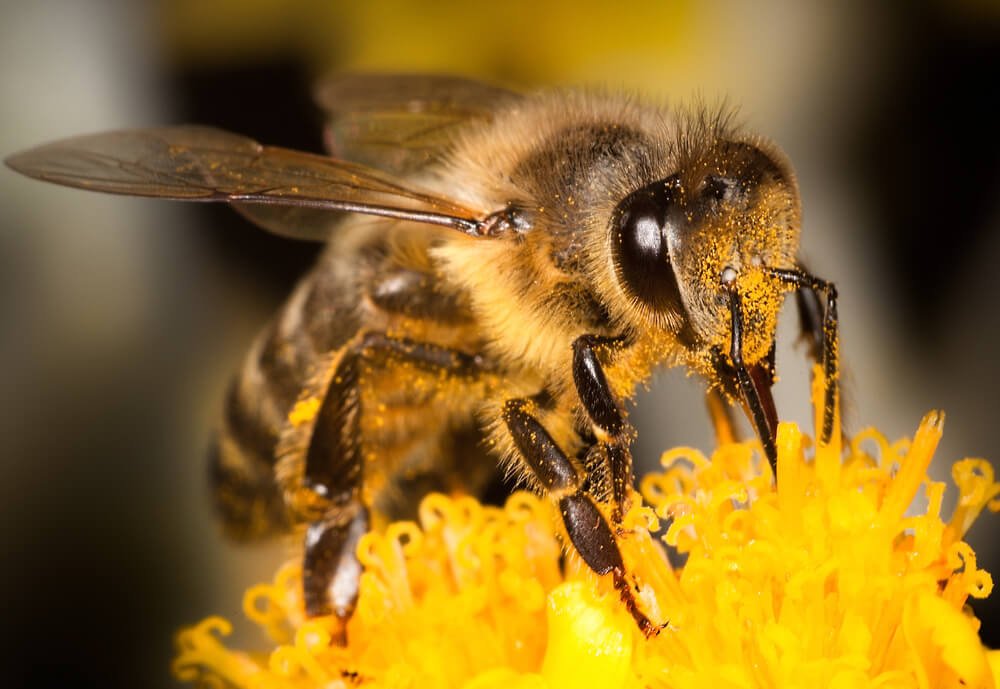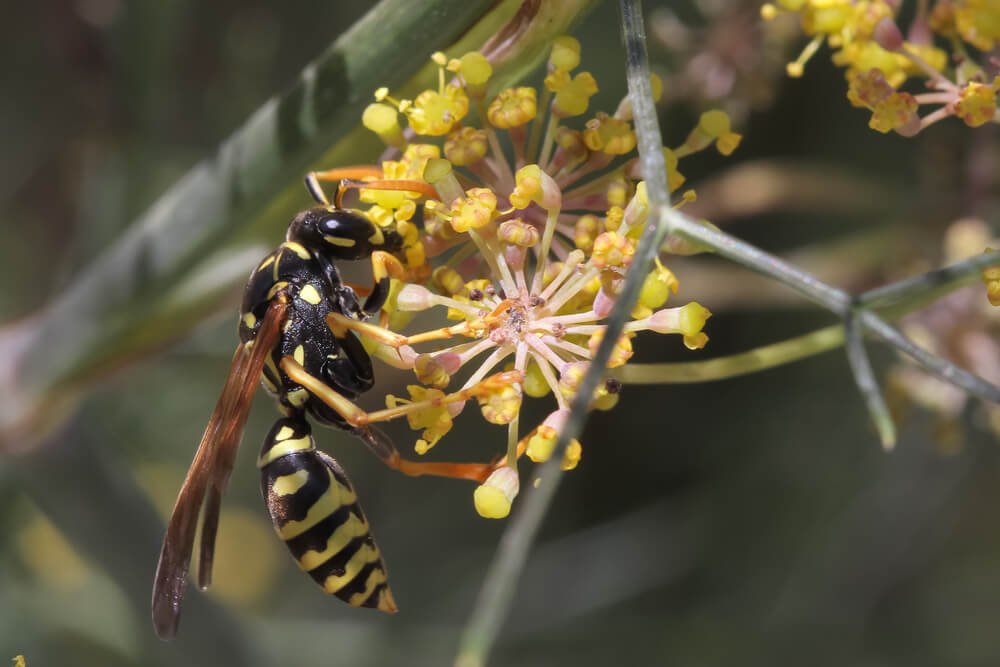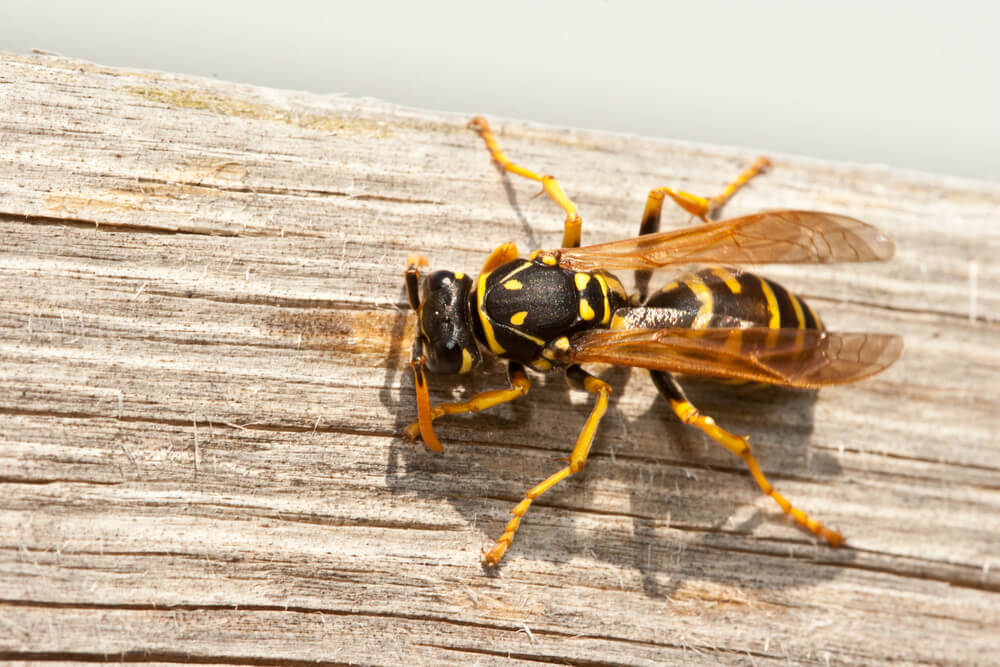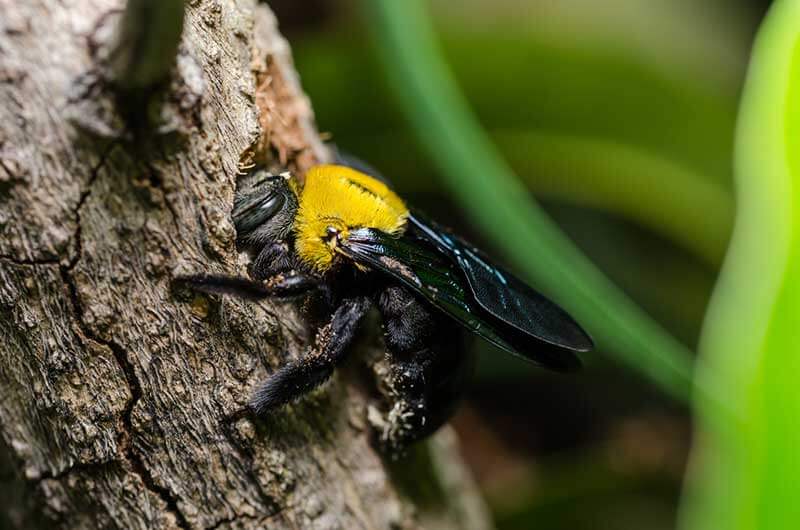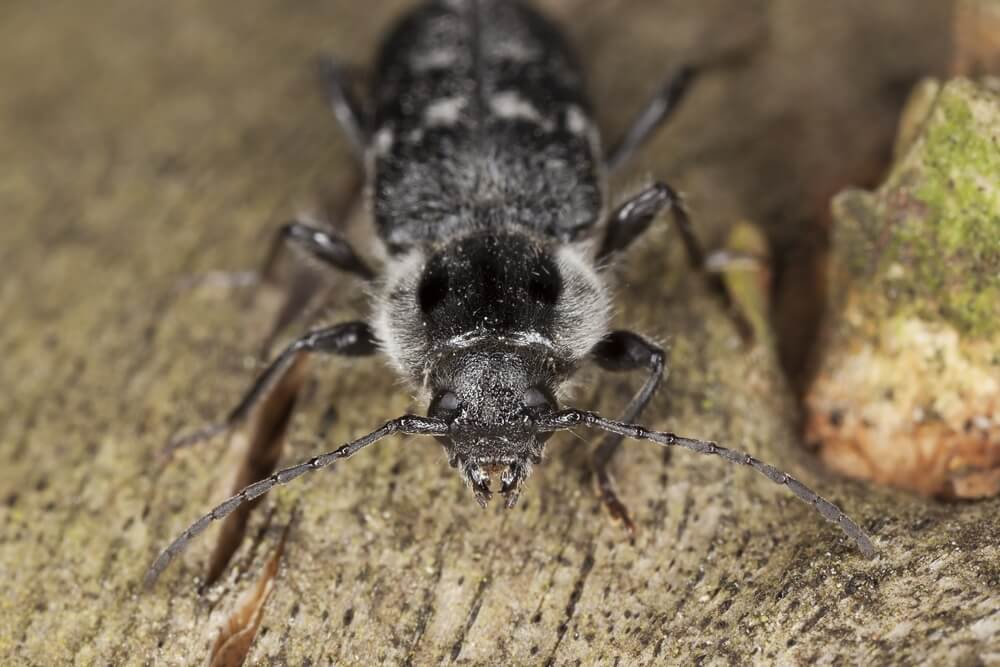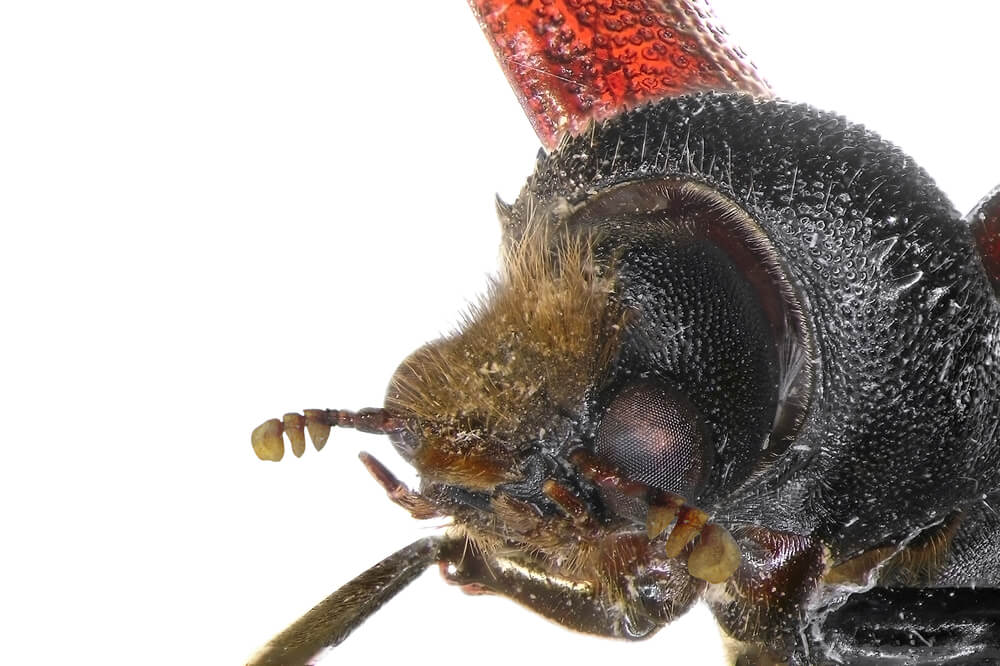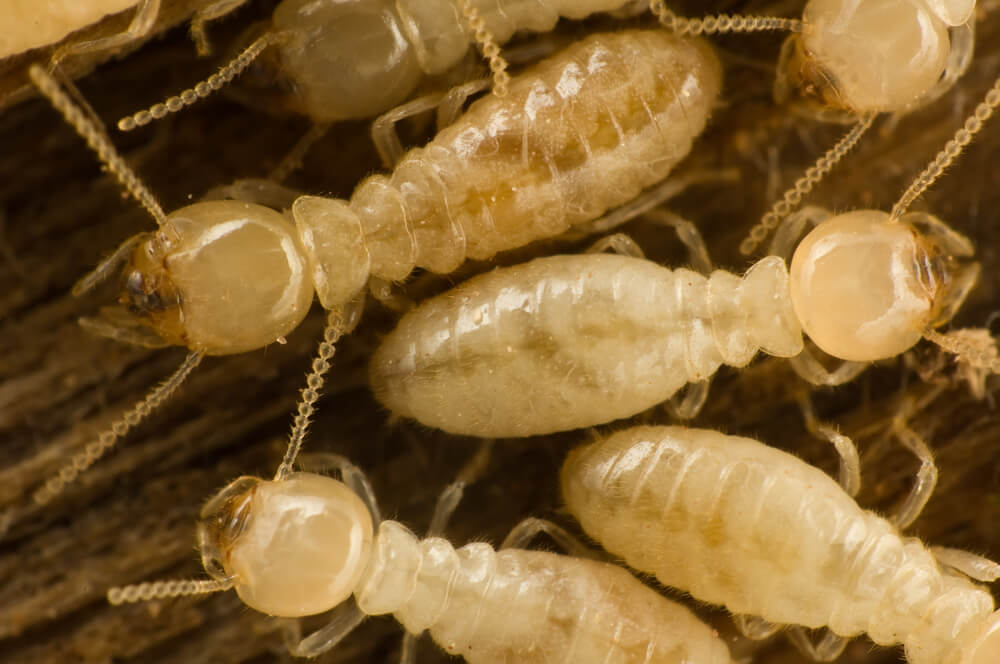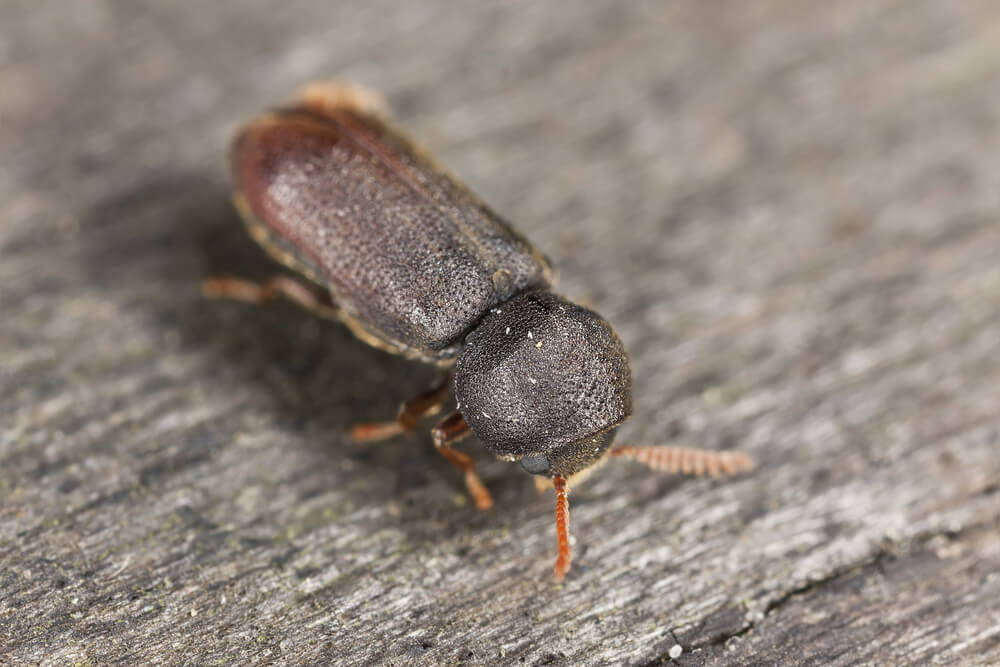Summary
Horse flies and deer flies are bloodsucking insects that can be serious pests of cattle, horses, and humans. Horse flies range in size from 3/4 to 1-1/4 inches long and usually have clear or solidly colored wings and brightly colored eyes. Deer flies, which commonly bite humans, are smaller with dark bands across the wings and colored eyes similar to those of horse flies. Attack by a few of these persistent flies can make outdoor work and recreation miserable. The numbers of flies and the intensity of their attack vary from year to year.
Habits
Horse flies and deer flies are intermittent feeders. Their painful bites generally elicit a response from the victim so the fly is forced to move to another host. Consequently, they may be mechanical vectors of some animal and human diseases.
Habitat
Larvae have chewing or tearing mouth parts; adult female mouth parts are modified for piercing and sucking blood. Adult females of many horse and deer fly species are attracted to man and animals in search of a blood meal, although a blood meal may not be necessary to produce the first cluster of eggs. Males are nectar feeders and often hover at certain times of the day, presumably to attract females and maintain a territory. Species are often locally abundant near breeding habitats, and the various species have distinctive adult activity periods during the year and/or during the day. Larvae live in species specific habitats, although most are aquatic, semi-aquatic or terrestrial. They are generally predaceous and cannibalistic, feeding on other insect larvae and earthworms, although some (particularly deer fly larvae) may feed on plant matter.
Protecting Animals
Horse flies and deer flies can be serious nuisances around swimming pools. They may be attracted by the shiny surface of the water or by movement of the swimmers. There are no effective recommendations to reduce this problem.
Horse flies and deer flies like sunny areas and usually will not enter barns or deep shade. If animals have access to protection during the day, they can escape the constant attack of these annoying pests. They can graze at night when the flies are not active.






